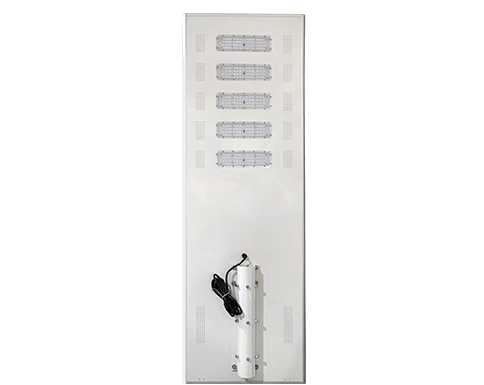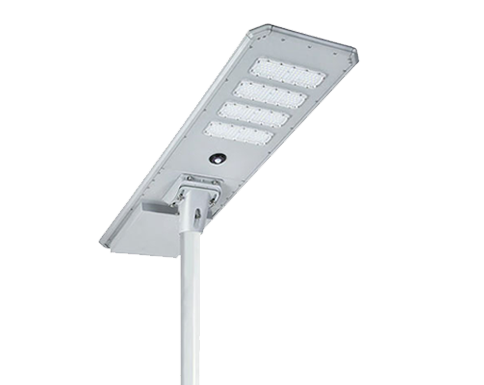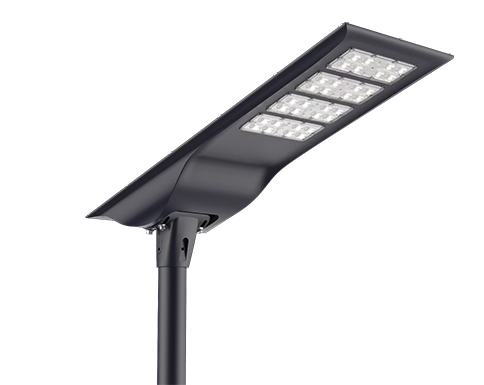Post time: 2020-12-04 14:55:37
Please raise your hand if you’ve ever felt betrayed by the solar street lights you just installed. The night is starting to fall, the lights should come up, but they stay off. In this very moment you are probably cursing yourself for being enthusiastic about solar energy and its applications. Sooner or later this is exactly what happens once you buy solar street light. You are told by the sales department of the company that their model of solar street light is a perfect fit for your application, throwing bunch of numbers and calculations right in front of your face. What they also tell you is that it will have 5 or more days of autonomy (this is just a fancy term used to explain that it will be/stay operational) once bad weather occurs.
Guess what! 99% of the time (except for you guys located around the equator) you will not have the autonomy you have been promised and you will feel deceived for the money you have invested into solar street lighting. We have good news for you guys! The technology has evolved and today more than ever before, it is possible to achieve 365 days autonomy with your solar street light by applying remote management control and monitoring.
Fundamentals: solar panel, battery, solar charger controller/inverter(depending on the voltage in the system), led light, interconnected cables, pole etc. We will presume that you know the basic configuration for solar panel, battery and led light and we will focus on additional components that you need to be aware of in order to make solar street lights intelligent, but above everything else functional.
Now, how do we make it smart? As a matter of fact it’s not that hard, once you know what components to apply. Let’s see: Smart off the grid controller, (there is on-grid solution, but for the sake of simplicity we will talk about off-grid alone), Motion Sensor, Temperature probe, Software solution.
The magic starts once you change your standard solar charger controller with the smart one. Smart solar charger controller performs the same functionality as the regular one, except for the fact that it has built in communication protocols so that remote control and monitoring is made possible. Once you do this, you have given your street light communication options and now you can control it remotely from any location via Desktop, Mobile or Tablet application.
What’s more, when the brain of the system has been established, we just have to add couple of sensors in order to make it really smart and able to provide lighting just when we need it. Motion sensor is a crucial part to have in the system since it is used to provide lighting when movement is registered. On the other hand, we need to install temperature sensor (probe) to be able to figure out the battery temperature and optimize its performance so that we can prolong battery lifecycle. It is the most expensive element thus more about battery optimization in our next blog session. For now it’s enough to know that battery performance can be optimized, decreasing maintenance costs in the future.
Once we have real time remote control and monitoring over the system no matter where the smart solar street light is, we can observe the parameters, change them and adapt to different conditions and situations. What’s more if you have a possibility to know what will happen in the future ( weather prediction) then nothing can surprise you and your system. Having installed motion sensors on each pole with dimming functionality, we will have light on demand in crucial periods while saving energy during times when full light performance is not truly needed. For instance, the city of Barcelona saved 2-3 billion € in electricity by implementing motion sensors on part of the street light network in the city.
Next, software application makes it simple to set up and change lighting profiles that automatically adjust based on time of the day. For example, if you know that pedestrian frequency is highest from 8 PM to 11 PM, you will adjust brightness to 100 % of light. However, after midnight you know that pedestrian frequency is very low thus you would dim the lights to 40% and turn on the motion sensor. Once someone is passing by, the lights would go to 100% brightness (you can even adjust how long the light will stay on 100 % once pedestrian traffic occurs).Just so you know, when you dim led lights from 100% to 40 % your eye would not see even notice the difference. This means that the light level from the pedestrian point of view stays the same whereas you save 60% of energy costs. Without knowing what will happen in the future, you would not be able to optimize current energy levels. Let me give you an example; if we know that in the next 5 days we can expect rainy days without sun, we would set our smart solar system into conservative mode of lighting, saving vast amount of energy in order to stay operational. In addition, when the bad weather is behind us and we expect sunny conditions then we can go back to 100 % lighting performance. This is exactly why you need smart algorithms and weather predictability inside of your software application so that you can predict future events in order to optimize your current energy levels.
Solar Street Light Benefits from Smart Technology 10 Major Applications of Solar LED Street Lighting



Please fill out the form below to start chatting with the next available agent.
Start Chat